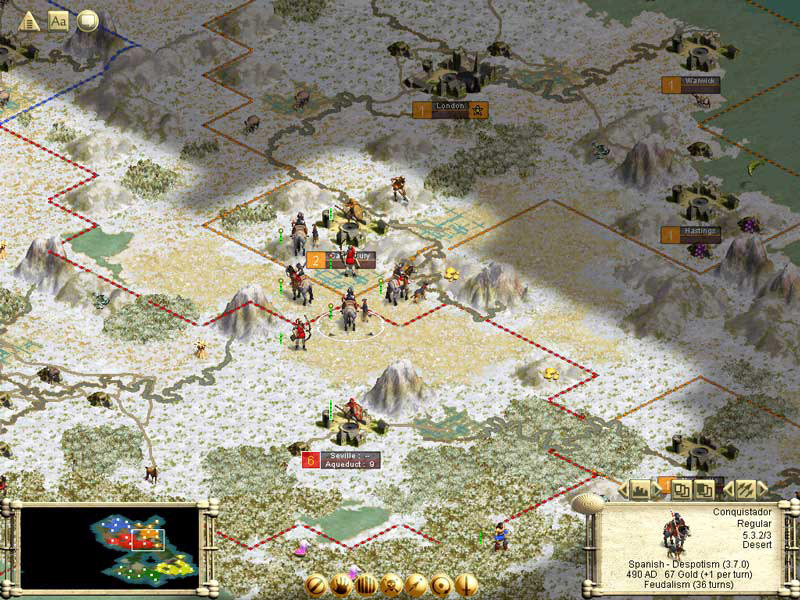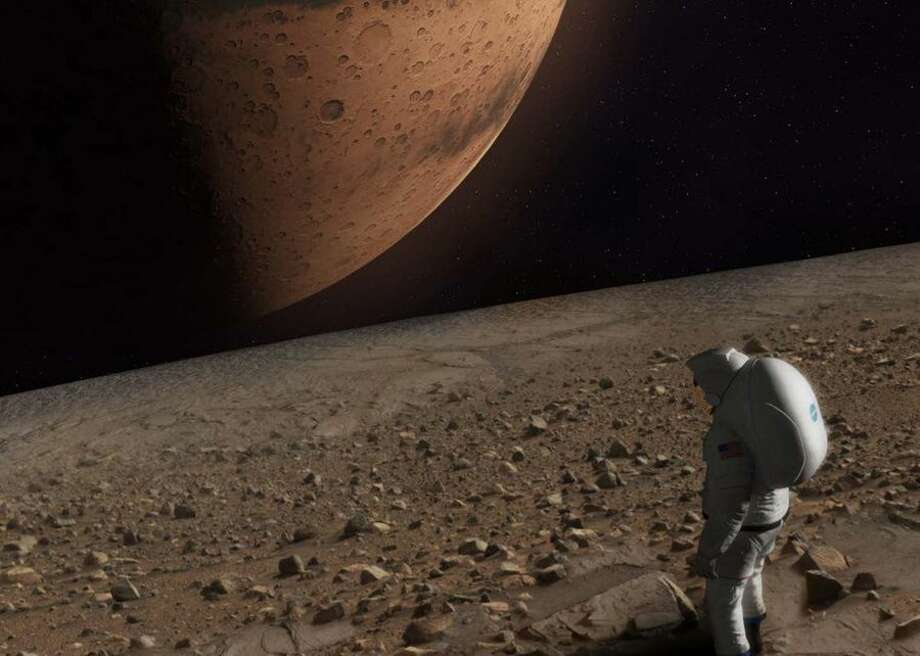What's A Dmg File

Official WhatsApp for Mac desktop application allows you to stay in touch anytime and anywhere - whether on your phone or computer at home or work. The app itself is quite similar to Web app that was meant to be an extension of your phone: the app mirrors conversations and messages from your mobile device. Download macOS High Sierra DMG File – All Update You can create a bootable image either on the USB or as an ISO from this DMG file. At the time of this writing, Apple has released MacOS Mojave 10.14.1 stable. Apr 28, 2019 We have talked about how to convert DMG to ISO on Mac and Windows in this post. Two free DMG to ISO converters are recommended to help you make the DMG file conversion. What’s more, we tell some basic information about DMG file. If you have any better solution to convert DMG to ISO file, please tell us and other readers in the comment. A DMG file, like ISO, can be used to install macOS operating system or Mac apps. If the Mac computer was broken or crashed and couln't get into the system, but you only have access to a Windows PC, there's still a way to make a bootable macOS install USB on Windows.
One of the most common mistakes I see among new Mac users is fumbling with how to install new software. The process for installing new applications on your Mac can be confusing at first because it differs greatly from Windows’ software installation process. Nevertheless, the Mac method of installing software is actually quite simple and intuitive once you are accustomed to it. If your desktop is littered with DMG files and white “drive”-looking icons, read on!
What are .DMG Files?
DMG stands for Disk Image, and is a format commonly used to distribute files and applications among Apple computers. A DMG file is like a virtual DVD or hard drive. They can be “mounted” on your Mac in order to work with their contents, or even burned to an actual physical disc.
In order to understand the concept of a DMG disk image, think of a storage volume such as a CD, DVD, hard drive, or external drive. A DMG file is like one of these devices in that it serves as a means to encapsulate documents, images, software, and other files. The difference is that with a DMG, there is no physical storage medium. There is only the DMG file, which can be written to a hard drive, burned to a CD or DVD, or sent over the Internet.
In order to work with the contents of a DMG file, you must mount the the disk image to your system. This may sound daunting, however “mounting” a DMG file with Mac OS X is no more complicated than double-clicking it’ icon. The operating system will load the load image and place a new icon both on your desktop, and in the sidebar of the Finder. The icon will have the same name as the DMG, and you’ll be able to browse through its contents like any other folder.
Once you are done working with the contents of the file, you will want to remove or “unmount” it from your system. Do this by opening the Finder and clicking the eject icon next to the virtual drive’s icon. Or, go to the Desktop, click once on the icon, and press CMD+E.
Software installation with Mac OS X is very different than in the Windows world. On a Windows PC you run an installer, tick off a few checkboxes, and wait for the progress meter to reach completion. There usually is no such “installation wizard” on a Mac &emdash; you simply drag and drop the program into your computer’s “Applications” directory. The trick is that most Mac applications are distributed as images called DMG files, and many new Mac users end up running applications directly from the image instead of installing them to the “Applications” directory.
Enough explanation, here’s how to install an OS X app from a DMG file:
- Find the downloaded file, which usually ends up in your Desktop or Downloads folder.
- Double-click the .DMG file to mount it. A new Finder window showing its contents should appear.
- If the window also contains a shortcut icon to “Applications”, drag and drop the app onto the shortcut.
- If not, double-click the mounted volume on your desktop and drag the app icon from there to the “Applications” icon in the Finder sidebar.
Further Explanation
Alright, that was the abridged version. Here’s the long version. I’ve just downloaded the DeskLickr application, and the DeskLickr_1.2.dmg is sitting on my desktop. I double-click it and a new icon labeled “DeskLickr 1.2” appears on my desktop. Here’s what my desktop looks like at this point:
Since most of the time a new Finder window also pops up when the image is ready for use, this one is now sitting on my desktop:
Different applications are going to show you slightly different Finder windows. Each application’s designers like to add their own artwork. Glitter aside, most applications are trying to tell you the same thing. See the arrow pointing from the DeskLickr icon to the “Applications’ shortcut? It’s telling you to drag and drop the icon into that folder. Once you’ve done so, the app will be installed.
If a program doesn’t provide a shortcut to the Applications folder, you’ll need to pop open a new Finder window. Press CMD+N to open a new window, then drag the program over to “Applications” in the left-hand side of the window.
It is developed by and published by 2K Games. Our team is happy to announce that another game is now available. It is your chance to be the master of an amazing world.  Fortunately the game has been converted and works perfect on all the Macintosh computers. We are talking about Civilization VI MacBook Version, which is a.
Fortunately the game has been converted and works perfect on all the Macintosh computers. We are talking about Civilization VI MacBook Version, which is a.
Once the new program is installed it’s time to do some house cleaning. You no longer need the disk image you downloaded, so follow these steps:
- Close any Finder windows that have been left open.
- Eject the disk image (not the .DMG file). Click on its desktop icon, then press CMD+E.
- Delete the .DMG file by dragging it to the trash.
That’s it! Your new Mac application is ready to use. But wait…
Bonus Tip: Add Your New Application to the Dock
I knew you were going to ask, so I figured I would cut you off at the pass. In order to add the new application to the dock, follow these steps:
- Open up a new Finder window.
- Click on “Applications”.
- Locate your new program’s icon.
- Drag the icon to your Dock, and drop it wherever you like.
What’s the easiest way to increase the size/capacity of a DMG file?
I would like to expand or increase the size of an existing password-protected DMG file. It’s currently 100MB. How do I expand it to a larger size, say 2GB?
After expanding, will it occupy 2GB of space on my hard drive or flash drive?
DMG File Explorer Software is designed to open, read and explore DMG file on Windows operating system. Users can view DMG files of Mac OS X on Windows without any hassle. The email files like EML, EMLX, Images can be viewed by DMG Viewer tool. 
Dmg File Mac
Assuming it is a standard read-write image all you have to do is:
open up Disk Utility (you can find it via Spotlight)
drag & drop your DMG file into the white area on the left hand side, where your Macintosh HD is also shown
select the DMG file and at the top click the 'Resize Image' button (or via the Menu Images > Resize)A Disk Image will always take up as much space as you sized it. If you make it 2GB it will take up 2 GB of space on your hard drive or flash drive. A sparse images will grow according to it's contents with the selected size being the limit.
It does work. I have tested that under 10.6.8, 10.7.5 as well as 10.10 Yosemite.
Disk Utility will prompt you for the encryption password. When entered correctly it will unlock the DMG file and you are able to resize it.My guess would be that the image you tried resize was not a read-write image but a read-only or compressed Disk Image. Both are literally 'read only' and need to be converted before you can do any modification to them, regardless of any password protection.